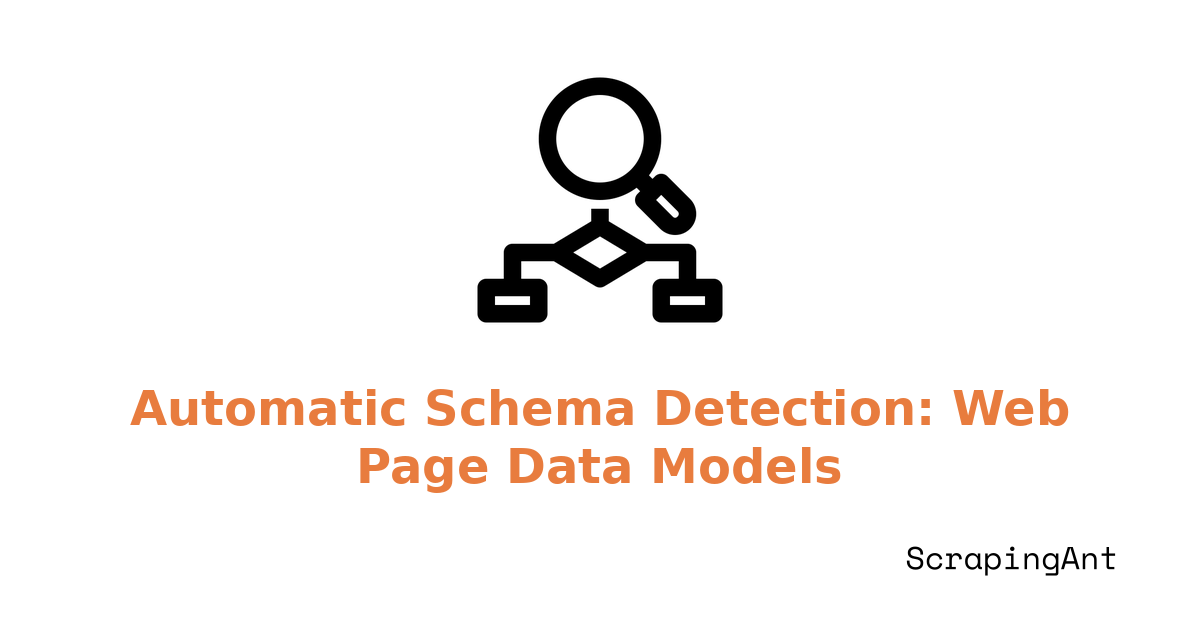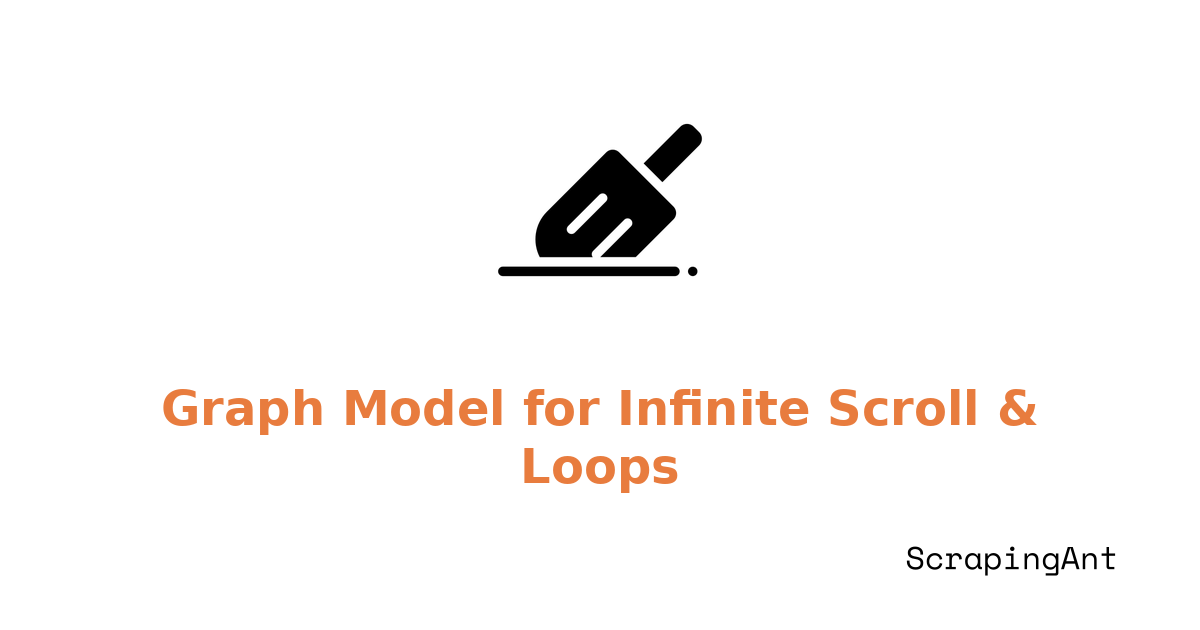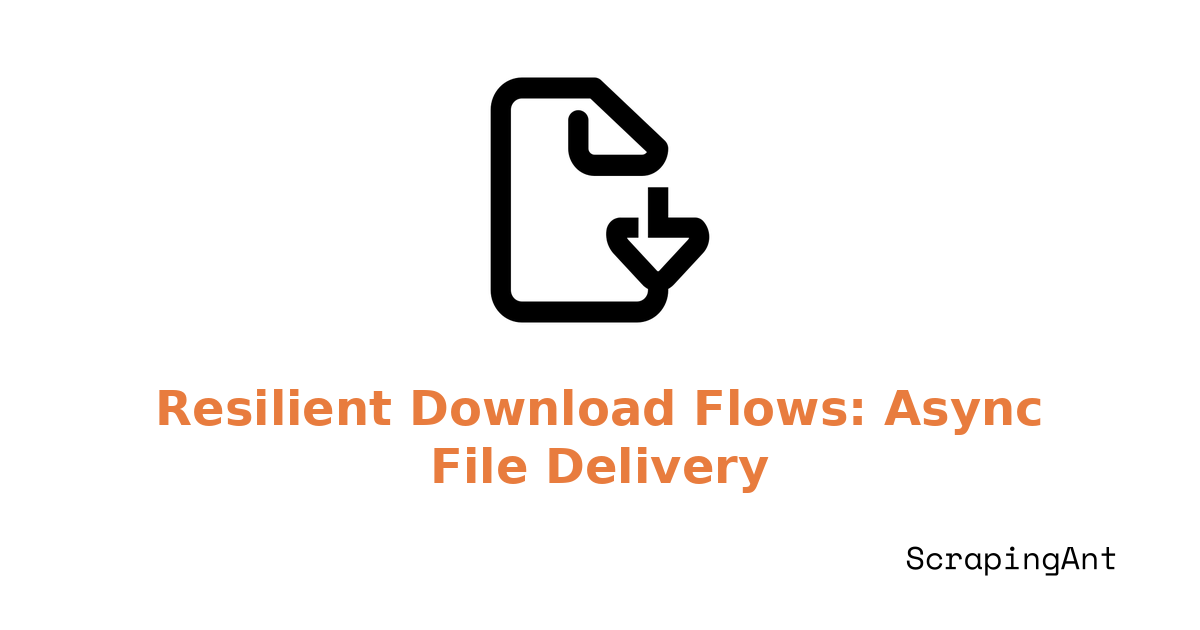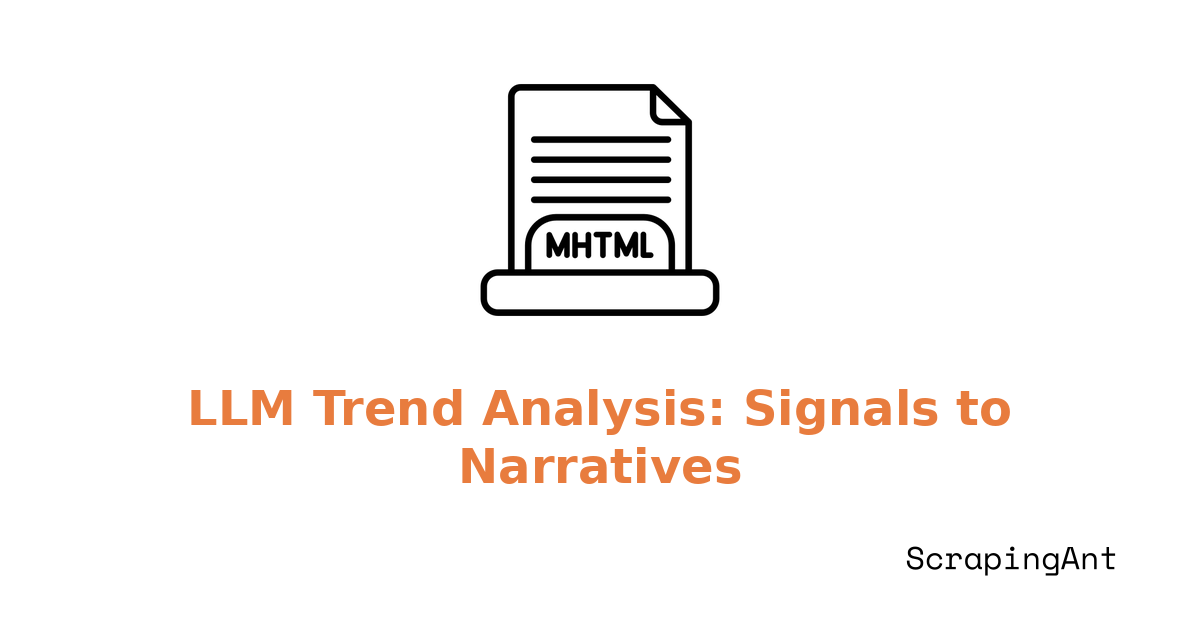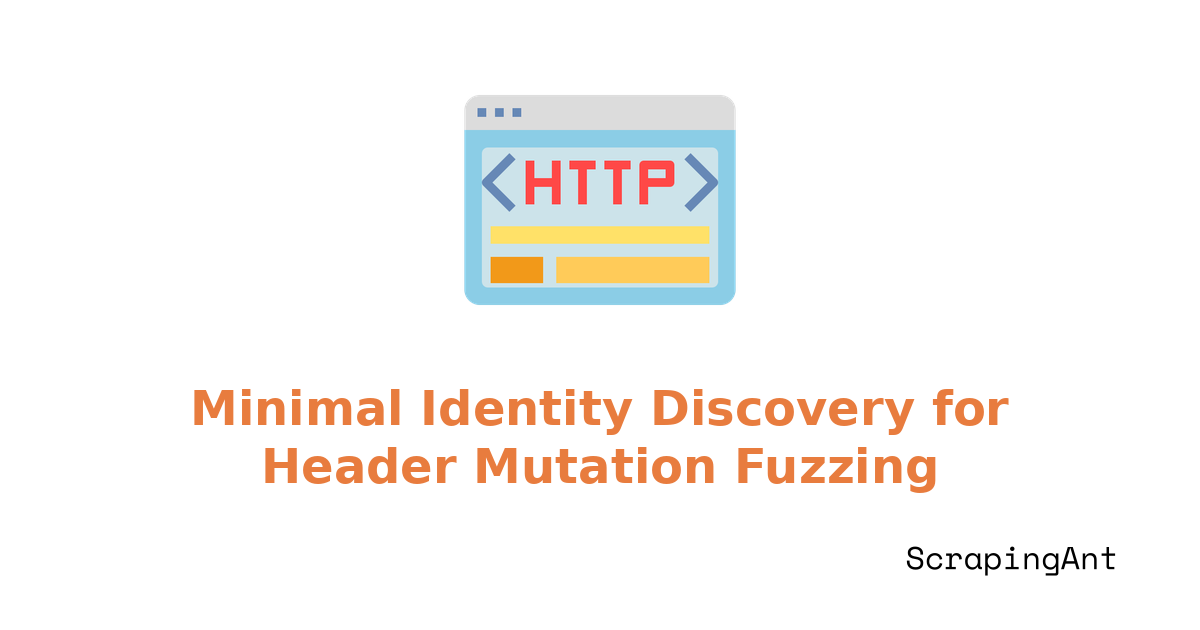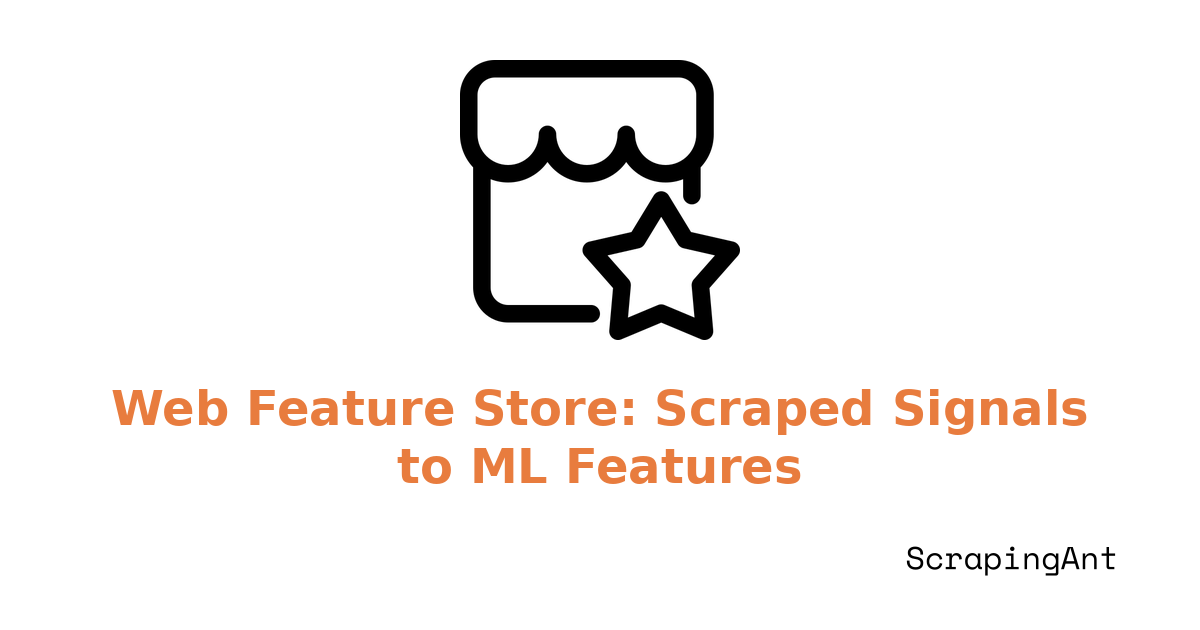
Energy and climate intelligence increasingly depends on integrating three fast‑moving data domains:
- Climate and weather data (e.g., temperature, precipitation, extremes, forecasts)
- Energy grid data (e.g., load, generation mix, congestion, outages, prices)
- Policy and regulatory data (e.g., legislation, regulatory dockets, subsidy schemes)
